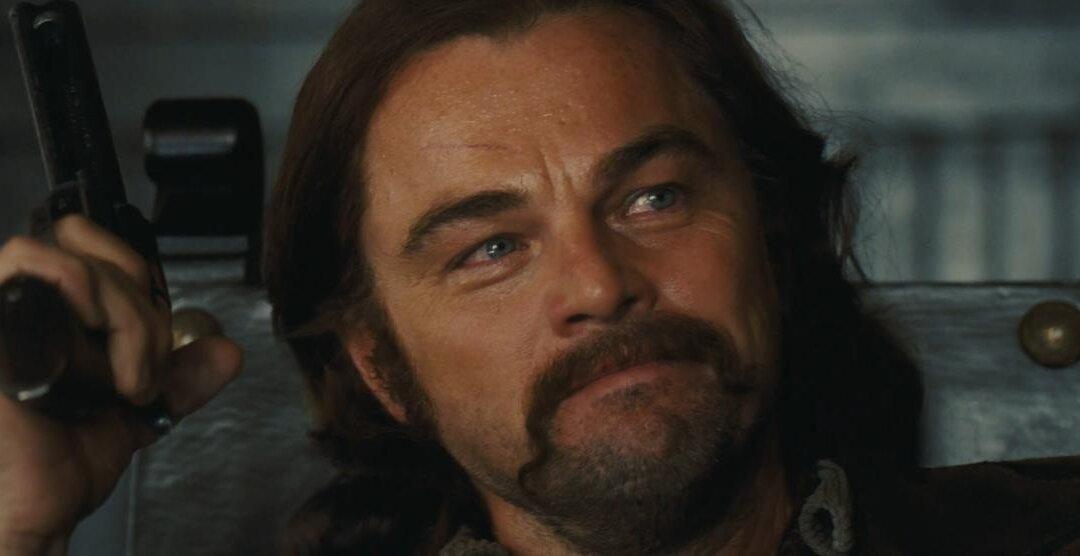Commentary
Do movies shape culture or does culture shape movies? The influence goes in both directions, but I think predominant cultural values have the upper hand.


Do movies shape culture or does culture shape movies? The influence goes in both directions, but I think predominant cultural values have the upper hand.